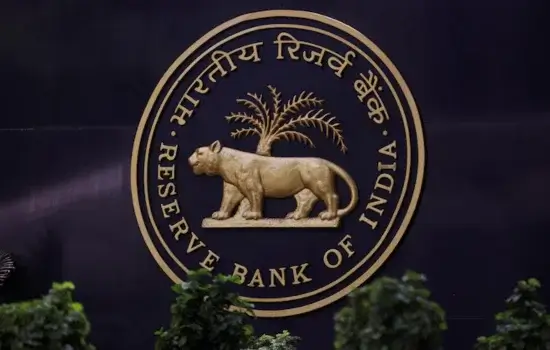As the Reserve Bank of India (RBI) prepares for its Monetary Policy Committee (MPC) meeting on December 6, 2024, financial markets and analysts are closely monitoring potential policy adjustments. Nomura, a leading financial services group, forecasts a 25 basis points (bps) reduction in the repo rate and a 50 bps cut in the Cash Reserve Ratio (CRR), aiming to stimulate economic growth amid signs of a slowdown.
Nomura’s Projections
Nomura’s expectations are shaped by recent economic indicators:
- Repo Rate Reduction: A proposed decrease of 25 bps in the repo rate, which currently stands at 6.5%, is intended to lower borrowing costs and encourage investment and consumption.
- CRR Adjustment: A 50 bps cut in the CRR, reducing it from 4.5% to 4%, would increase liquidity in the banking system, enabling banks to extend more credit to businesses and consumers.
These measures are anticipated to address the deceleration in economic activity and support growth.
Economic Context
India’s Gross Domestic Product (GDP) growth for the July-September quarter slowed to 5.4%, falling short of the projected 6.5%. This downturn is attributed to weakened manufacturing output and subdued consumer spending. The unexpected slowdown has prompted calls for policy intervention to rejuvenate the economy.
Divergent Views Among Analysts
While Nomura advocates for easing measures, opinions among economists vary:
- Status Quo Advocates: A CNBC-TV18 poll indicates that a majority of economists expect the RBI to maintain the current repo rate, citing concerns over persistent inflation and currency depreciation.
- Alternative Perspectives: Some analysts suggest that the RBI might opt for a CRR cut to infuse liquidity without altering the policy rate, balancing the need to support growth while managing inflationary pressures.
Market Reactions
Anticipation of potential policy easing has influenced financial markets:
- Bond Markets: Foreign investors have purchased over $1 billion in Indian government bonds in recent sessions, betting on a dovish stance from the RBI. The 10-year bond yield has declined to a three-year low, reflecting expectations of monetary easing.
- Equity Markets: Financial stocks have experienced gains, driven by prospects of improved margins resulting from a possible CRR cut. The NSE Nifty 50 and BSE Sensex indices have both seen upward movements in response to these expectations.
Inflation and Currency Considerations
Despite the slowdown, inflation remains a concern:
- Inflation Trends: The Consumer Price Index (CPI) has hovered around 5.9% in recent months, slightly below the RBI’s upper tolerance limit but still elevated.
- Currency Dynamics: The Indian rupee has faced depreciation pressures, recently trading at approximately 84.73 against the U.S. dollar. While a rate cut could further weaken the currency, Nomura argues that supporting growth is paramount to stabilizing the rupee in the long term.
RBI’s Policy Outlook

The RBI’s decision will need to balance multiple factors:
- Growth Support: Addressing the economic slowdown through accommodative measures to foster investment and consumption.
- Inflation Control: Ensuring that any policy easing does not exacerbate inflationary pressures, maintaining price stability.
- Currency Stability: Managing the rupee’s value to prevent excessive depreciation, which could impact imports and external debt.
Conclusion
As the RBI’s MPC convenes, stakeholders await its policy direction amid contrasting economic signals. Nomura’s forecast of a 25 bps repo rate cut and a 50 bps CRR reduction reflects a perspective that prioritizes growth stimulation. The central bank’s challenge lies in crafting a policy response that effectively navigates the complexities of supporting economic activity while safeguarding against inflation and currency volatility.